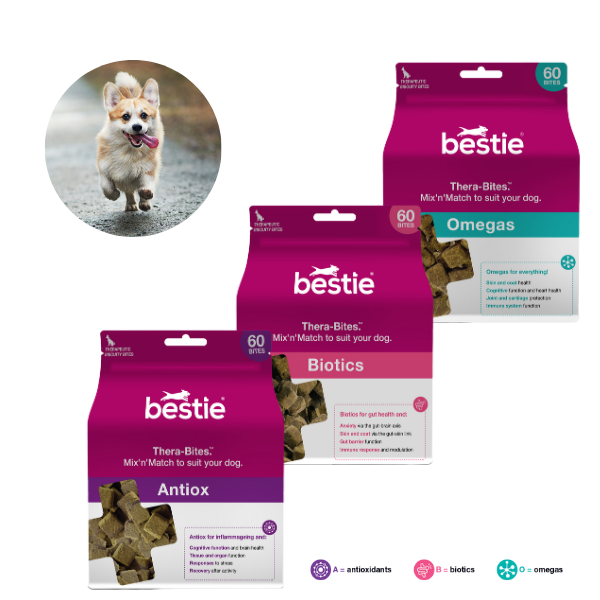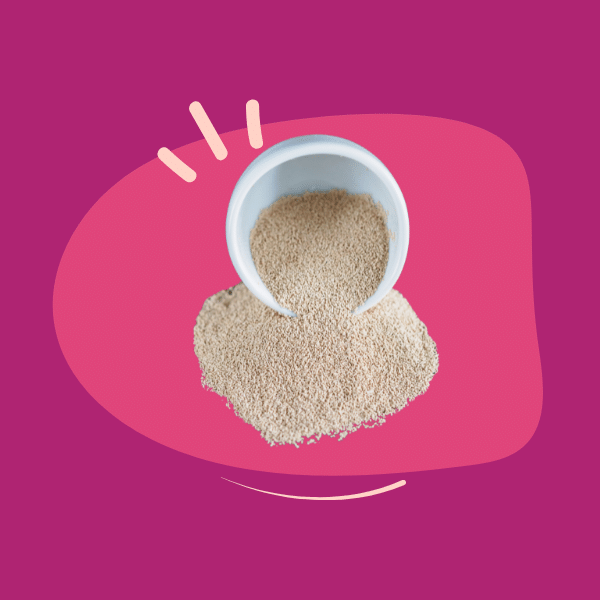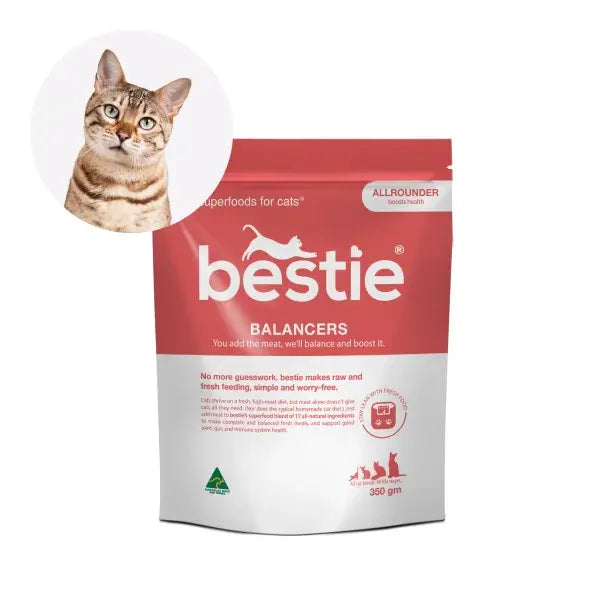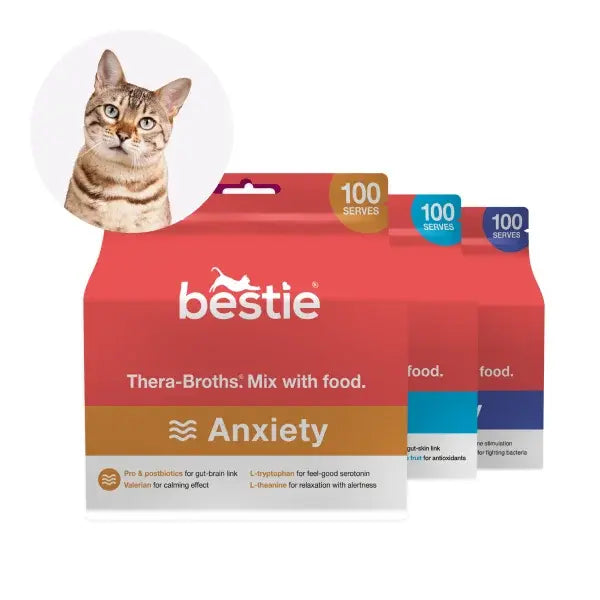If you ask your vet for advice about what to feed your cat, the answer is likely to be kibble. Say you want to feed raw – and you could have an argument on your hands. The Pet Girl helps us bust a few myths about what cats should eat. (And live longer.)
Recently I interviewed Brittany, aka The Pet Girl about a subject dear to her heart, cats. This is an edited version of that interview.
MYTH #1: KIBBLE AKA DRY BISCUITS CLEANS TEETH
There are all sorts of myths out there, and the first one is that kibble cleans teeth.
“It does not clean teeth…imagine eating an Anzac biscuit every day for life and never brushing your teeth…why it's become a thing, I'm not sure, so that's the first myth."
"What is going to clean your cat’s teeth is raw, meaty bones or brushing them…They should be provided with things that they can munch and chew and rip and tear. That's where the teeth cleaning is going to happen and it's the same with our dogs.”
MYTH #2: COMPLETE & BALANCED EVERY DAY
The Pet Girl says this is a very contentious myth. She believes that “if you have rotation and variety and you're rotating through proteins and you're offering your cat, not just meat but bone and some small amounts of plant matter and you know some probiotics and or digestive enzymes and things like that, then you don't need to feed your cat the exact level of this …or that every single day.”
That said, if people aren’t able to do that kind of variety and rotation a product like our balancing supplement for cats, is perfect.
“You have to meet their specific macro nutrients and micronutrients, and I mean obviously, we've talked about this. It's, you know that's your product. Fantastic like that. And for people that want to go down that line…I would highly recommend that people use a product [like this] if they aren't able to provide rotation variety like we preach on the on the [Facebook] dog group.”
MYTH #3: YOUR CAT WON’T EAT RAW
Brittany says it can be challenging switch a cat from a kibble diet to a raw diet.
“Cats are quite challenging in the sense that they…do struggle through transition, unlike a dog,” she says. “With a dog you can withhold food but with cat, we definitely don't recommend withholding food.”
“They also do this thing where they find a particular food source and they mark that food source or they deem that food source is safe. So then what happens is that we offer a new food source. It's not that they don't like the new food source, they just don't know that it's safe and that they can eat it.”
The Pet Girl recommends a transition approach she says works every time. “It does take a lot of patience and persistence, but overtime, it it's, it's worked every time for me. It worked every time with every client that I've ever worked with transitioning a cat.
"Sometimes that takes a week. Sometimes it takes a month, sometimes it's actually taken 3 months, but we eventually got that cat over to fresh food.”
TRANSITION TIP:
Brittany says that the way the method works is that you offer the old food source on a plate. A larger sort of surface, and then you offer the tiniest amount of the new food source next to it, not mixed in with it, just like slightly next to it.
FOOD FOR GOOD HEALTH
The reason you’d be so persistent with switching from kibble to raw or fresh is that it’s good for cats’ health. “The major benefit that I see is longevity,” Brittany says.
“You know cats dying at like 13 or 14 years of age; that is abnormal. A cat should be living to 20-something if they're fed properly."
"A lot of cats don't have teeth because their teeth have rotted out of their heads. Cats are having kidney issues and urinary tract infections and just like all these random things that if they just were fed a species-appropriate diet wouldn't exist.”
Brittany believes that her cat Bullseye has never had a UTI in her entire life because “she's got enough moisture in her food.”
One of the issues with kibble is that research[1] shows that cats drink more water when offered dry diets (vs when eating wet), but they don’t drink amounts that would compensate for the significant reduction in moisture content of these diets. However, when fed high moisture diets urinary tract health improves and weight is reduced.
The other challenge is obesity.
“So many cats are fat, as so many people think that that is OK, that their cat is fat and it's not. It's not OK."
"So one of the biggest changes is that your cat gets lean. They look muscle-y, they'll tone up and they have more energy; they vibrate,” she says. “They enjoy life. Their health is good. Their mental health is good and the list goes on.”
GOOD GUT GOOD HEALTH
Brittany also points out that we're starting to realize that gut health plays a large role in mental health in humans.
“There's now more and more people starting to realize that good gut microbiome is what makes a healthy, well-adjusted dog or contributes to a healthy, well-adjusted and dog and so that same that same concept can totally be applied to cats. You know, using different strains of probiotics, helping our cats be able to digest their food…”
“I have seen as soon as we start changing a diet and start encouraging good gut health, the dog literally changes like it's so profound, it's ridiculous…and that change can happen in cats."
"The difference is that we don't. People don't usually get cat consultations, really, do they? People are more focused on dog consultations, so yeah, I think that would see a lot more of a difference if we had more people reaching out for help with their cats.”
Bestie Kitchen's balancing supplement for cats includes probiotics, as well as a host of other human-grade ingredients. It's designed to be added to fresh meat to make a complete and balanced meal, and boost gut, immune system and joint health.
The Pet Girl is a trainer and animal nutritionist with a growing list of accreditations. I spoke with her recently about getting cats off to a great start in life, for our interview series Pet Parent with a Brain. (This is an edited excerpt from the transcript of that interview; you can watch the whole interview here.)

[1] Buckley, Catherine MF, et al. "Effect of dietary water intake on urinary output, specific gravity and relative supersaturation for calcium oxalate and struvite in the cat." British Journal of Nutrition 106.S1 (2011): S128-S130.



















